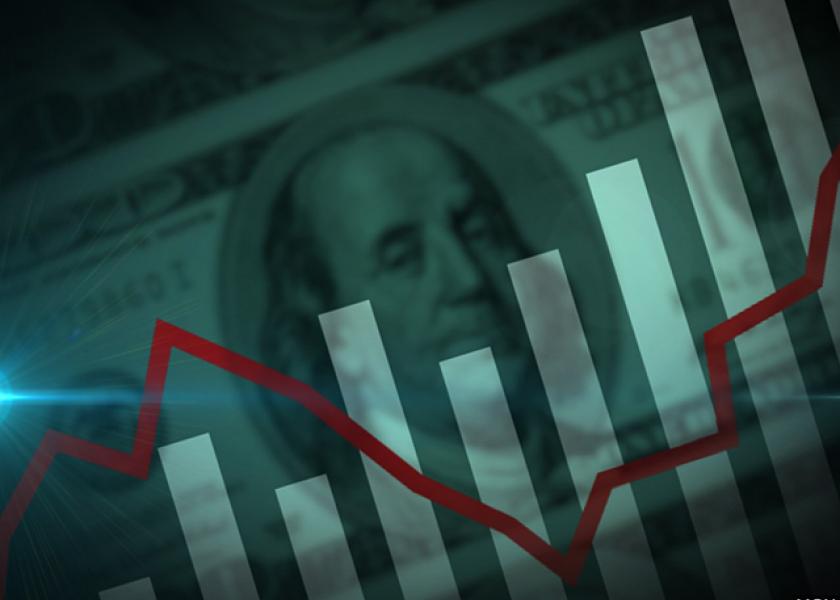Re-Surging COVID-19 Cases Could Impact Markets This Winter

Re-surging COVID-19 cases across the country could impact dairy markets this winter, with little potential relief until March if a vaccine is approved and becomes widely used.
The United States is now reporting 50,000 new cases of COVID per day, reports Dan Basse, an economist and president of AgResources Company. He spoke today on an hour-long Dairy Signal podcast sponsored by the Professional Dairy Producers of Wisconsin. If the number of COVID cases reaches 70,000 cases per day nationally, it could create much more stress on health care facilities. Case in point: Areas of the Midwest, particularly Wisconsin, are already reaching capacity in hospitals and intensive care units.
Increasing cases and rising hospitalizations deaths would likely trigger more restrictions of daily activities, including restaurant seating capacity and in-door dining. Since the beginning of the pandemic, one out of every six restaurants in the U.S. have already closed permanently. Restaurant trade associations project another 20% to 30% of restaurants might not survive through the end of the first quarter in 2021 if COVID doesn’t abate, Basse says.
Schools are also closing and going to more remote learning as the pandemic again picks up steam, which will impact the amount of dairy products consumed in cafeterias. In addition, some 10 million Americans remain unemployed, causing further stress on the economy.
It's also unlikely Congress and President Trump will agree on a new COVID aid package before the election Nov. 3. “Even after the election, it will take 3 weeks for Congress to come back together to pass an aid package,” he says. So it could be December before government acts.
At the same time, dairy farmers are holding on to—and milking—117,000 more dairy cows that they ordinarily would have culled under normal, seasonal conditions. By the end of the year, that number could approach 130,000 to 135,000 more cows—pushing milk production higher.
And then there is rising feed prices. Soybean meal has shot up $100 per ton since July, and is now at $370/t. Corn is nearing $4/bu—perhaps peaking as high as $4.20/bu in March.
There are rumors circulating in Washington that USDA will approve anther $1 billion in dairy purchases in the Farmers to Family Food Box program. If that occurs, that will buoy cheese prices, says Basse.
But all of these factors combine for very turbulent and volatile markets over the next 6 months. His recommendation: If you can lock in a profit at $19 to $20/cwt in the fourth quarter, do it. “Markets are unlikely to rise above $20 in the near future,” he says.
To listen to Basse’s entire podcast, click here.







